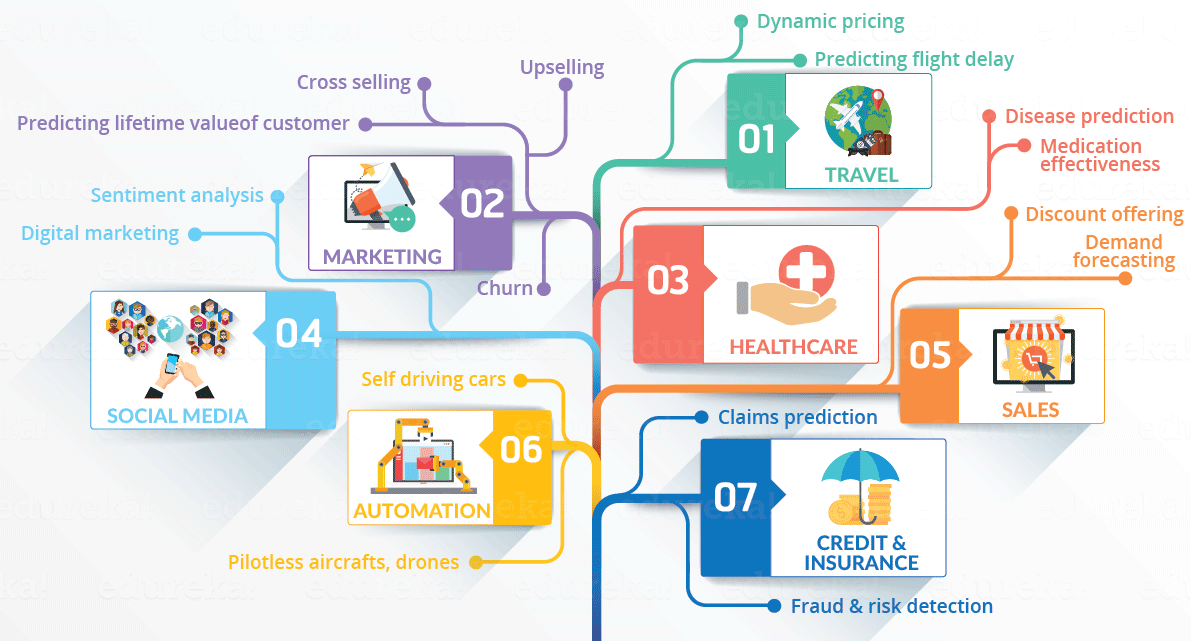
Said
Traditionally, the data that we had was mostly structured and small in size, which could be analyzed by using the simple BI tools. Unlike data in the traditional systems which was mostly structured, today most of the data is unstructured or semi-structured. Let’s have a look at the data trends in the image given below which shows that by 2020, more than 80 % of the data will be unstructured.
This data is generated from different sources like financial logs, text files, multimedia forms, sensors, and instruments. Simple BI tools are not capable of processing this huge volume and variety of data. This is why we need more complex and advanced analytical tools and algorithms for processing, analyzing and drawing meaningful insights out of it.

Use of the term Data Science is increasingly common_,_ but what does it exactly mean? What skills do you need to become Data Scientist? What is the difference between BI and Data Science? How are decisions and predictions made in Data Science? These are some of the questions that will be answered further.
First, let’s see what is Data Science. Data Science is a blend of various tools, algorithms, and machine learning principles with the goal to discover hidden patterns from the raw data. How is this different from what statisticians have been doing for years?
The answer lies in the difference between explaining and predicting.
